I have moaned before about a) relinquishing my beloved 1911 and b) finding the Browning High Power to be a rather inadequate substitute (apart from its Europellet chambering).
Let’s be clear: this BHP is a lovely gun.
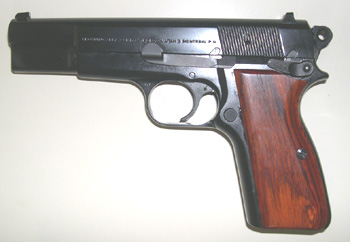
I have yet to experience a single failure to feed, regardless of what magazine I use, and it shoots every single type of Europellet I put through it — hollowpoints, solids, lightweight or heavyweight, it handles them all and says, “Please Sir, may I have another?” It’s also a lot easier to clean than the 1911, which is A Good Thing.
All is well, in other words, except for the trigger which does not come close to my 1911’s bang switch, perhaps excusably given how much work and shooting has gone into the latter by comparison.
And then there’s the Europellet, which I still think is inadequate as a stopper.
For the first time in my life, I feel undergunned when I walk out the door carrying the High Power, and that feeling is unaccustomed, unsettling and unwelcome — which makes me grateful for the extra seven rounds in the BHP’s mag.
I discussed all the above with the Son&Heir over dinner last week and he, bless his heart, suggested that we swap guns: my 1911 back to me, and the BHP over to him. Which all sounded good, until he tried the BHP’s trigger.
Understand that as a one-time TeamUSA competition shooter, he has a far greater degree of skill and control in his trigger finger than I do — and he hated the BHP’s trigger.
So all talk of a swap ended at that point.
Ad then I got these suggestions from the Peanut Gallery my Loyal Readers, who made suggestions such as “I think it’s the gun, not the ammo”, “The other thing to consider is a new 1911 chambered in 9mm”, “I couldn’t carry a gun I didn’t enjoy shooting”, “Sig 1911 Ultra .45”, “CZ RAMI 75BD”, “CZ 75B… CZ P07… CZ P10C”, “Para Ordnance P-14”, “Turkish-made 1911 in 9mm”… and lots more.
I think you can all see where this is heading: get a gun which suits you, Kim.
I don’t think that anyone needs to be reminded that I’m quite possibly the world’s most susceptible gun buyer on the planet. Okay, “gun whore” if you want to be blunt.
Unfortunately, I’m no longer a self-employed consultant paying the I.R.S. over $20,000 dollars per quarter; I’m a retiree on a (low) fixed income and savings that are nearly 80% lower than a couple years back (FJB). But what the hell, I can always sell one of the guns that I managed to recover from The Tragic Canoe Accident of 2014 (-15? -12? whatever).
So if I wanted to stay with the 9mm Europellet — a GREAT BIG HUGE “IF” — then all sorts of lovely guns become available — (hammer-fired / full-sized*, of course), e.g.
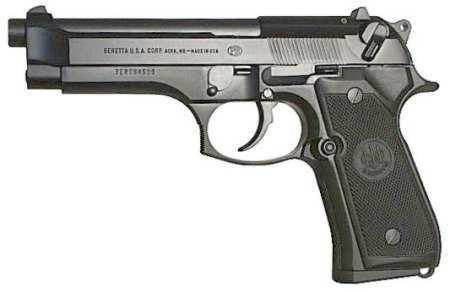
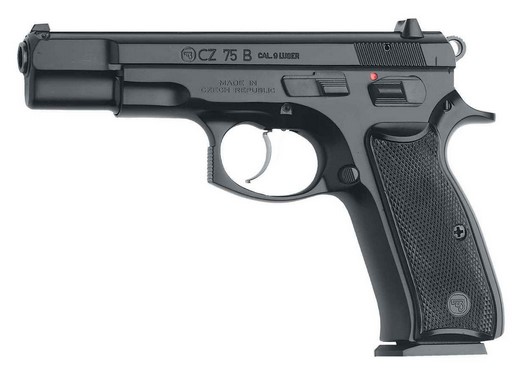
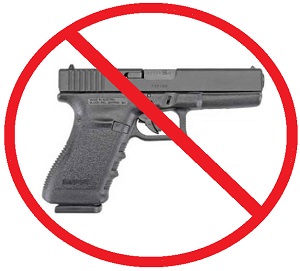


Now let’s just turn that “IF” (above) into “Ah fuck no“, and decide that it’s time that my damn body started to man up and just deal with the pain of shooting the .45 ACP…
I think we’re all familiar with where I’m going here:
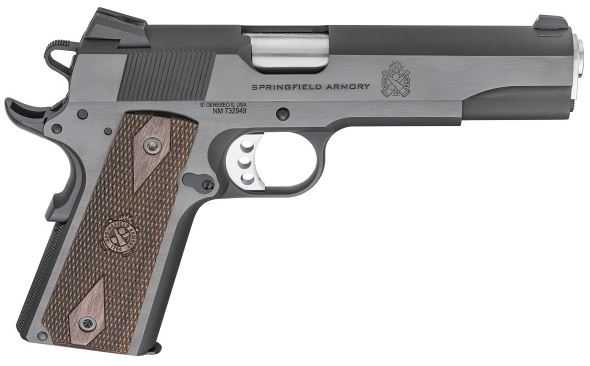
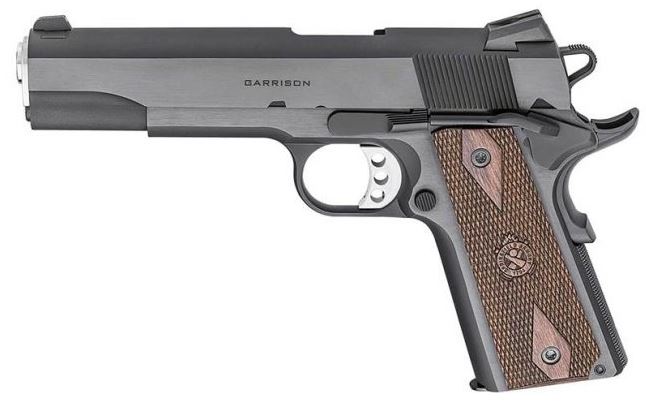
Option C, therefore, is to trade or sell the High Power and buy the Springfield Garrison in .45 ACP for around $780 (sigh). Then I could just swap the “new” 1911 for the “old” 1911, so to speak:
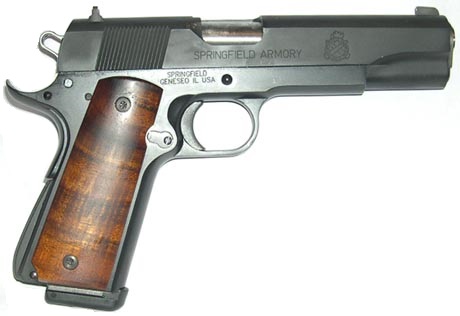
I mean, why should the Son&Heir have to deal with an old, worn gun?
Your thoughts in Comments.
*my hands are large-ish, so I have no problem shooting a full-size 1911, but I do occasionally have a problem with a gun which holds a 15-round mag. And if I’m going to stick with light (175-185gr) .45 ACP ammo, I’d prefer the Government size over the Commander (which I’ve owned in the past, so I’m familiar with it).


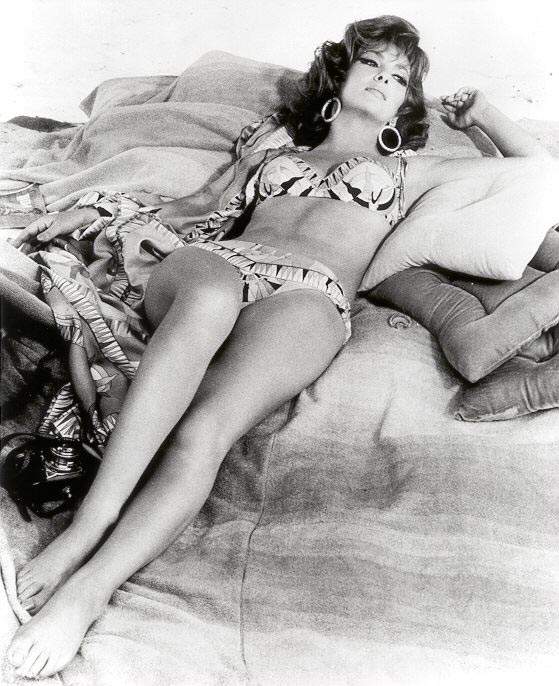



























So our gracious host made a distinction I found rather interesting that I’d like him to expand up on if possible. I recently started working for a travel company and we get some interesting international travel benefits as part of our compensation package so international travel is likely in my future.
What do you define as the difference between being a tourist and being a traveler? More importantly, how does one actually be a traveler rather than a tourist?
I’ve alluded to this often, but perhaps it’s time I gave it the full treatment.
Tourists often travel in groups and only go to the “recommended” places (e.g. the Louvre in Paris, Madame Tussaud’s in London, Sistine Chapel in Rome, and so on).
They will not be adventurous at all, whether exploring off-the-beaten-track places or trying the local cuisine — especially if it’s quite different to what they get at home. (Eating spaghetti or pizza in Naples is pretty much the same as eating it in New York or Des Moines, for example.)
They’ll go to England, visit London and maybe Bath — but in Bath, they’ll visit the Roman baths museum and not eat at the Pump Room, for instance, or try any of the delicious local pies.
British tourists will go to Spain or the Algarve and complain when they can’t find Egg & Chips on the menu. Ditto Americans who will eat at the local Burger King, don’t get me started.
Tourists will always try to convert the local currency to their own before making a purchase, just to make sure they’re not getting ripped off. If you start with the premise that everywhere is more expensive than the U.S. (except in the Third World), you’ll be a lot more relaxed about it.
Lastly, tourists will wear the same clothes overseas as they do at home, rather than trying to blend into the place they’re visiting. Americans are absolutely the worst in this regard.
All tourists — American, German, British, Japanese or African, whatever — are loud and awful, and a good indicator of where not to go is if the place is full of them. A bar full of drunken Brits singing football songs in any country except the U.K. will get me out of there quickly.
Now for the good stuff.
Travelers want to visit foreign places and take in the way of life there, whether the architecture, the customs, the food and drink, how people dress (and will dress as close to the locals as possible), and how the locals live, in general. (When I was in London once, I was asked by some Brit friends whether I’d want to have dinner at some “Texas BBQ” restaurant. Feel free to imagine my response.)
Yes, they will go to the “sights”, but generally out of season (when the locals go), but will shun long lines and queues regardless.
In fact, “out of season” is generally the best time to travel (unless the weather means that everything’s closed, e.g. New England or the French Riviera in January). And bad weather is not necessarily a deterrent, by the way — it was only when I experienced London in January, for example, that I appreciated why the locals flee Britishland for warmer climes.
Travelers can be found in restaurants where they are the only patrons not speaking the local language. And speaking of languages: travelers will make an attempt to speak the local lingo rather than insisting on everyone speaking English, even if just a few sentences learned prior to the trip. And they’ll speak quietly, the same as the locals do, and not bray in loud tones so that everyone can hear their opinions or stories.
Oh, and you’ll never find travelers standing in the street with a phone, guidebook or map in hand, trying to figure out where they are; they’ll step inside a shop or pub first before looking, but most of the time they’ll have figured out where to go before leaving the hotel, gasthaus or b&b.
As for clothing: you’ll want to be mistaken for a local and not a tourist — this as much for safety as good travel etiquette. If you can, take the bare minimum of clothing with you, and buy local stuff on Day 2. (Pro tip: in western Europe, H&M is the place to go for inexpensive clothing — their merchandise is completely different from U.S. H&M — and of course Marks & Spencer in Britishland — Primark for less expensive stuff). Oh, and work out the sizing nomenclature before you go — keep a cheat sheet on hand if necessary. As a rule of thumb: most Euro clothing is sized smaller than their U.S. counterparts, so beware. Generally speaking, I decide on a color palette (navy blue/black or dark brown/dark green) before I go, and then buy accordingly.
Finally: wear good walking shoes, and not sneakers / trainers. The Euros understand this because they walk all over the place. (I’ve found Mephisto Arthis or Davy walking shoes to be the best option — I have a black and brown pair of Arthis — but YMMV.)
I hope this helps, and gives everyone at least a direction in which to go if you want to visit foreign lands and appreciate / enjoy them.
In order: Rome, Vienna, Bath and Edinburgh (eating parrutch):